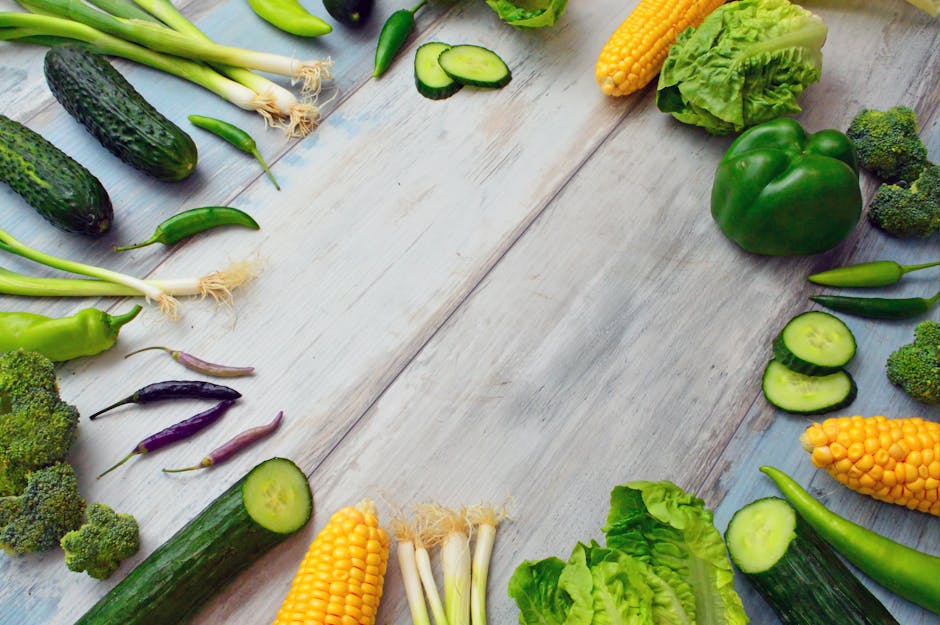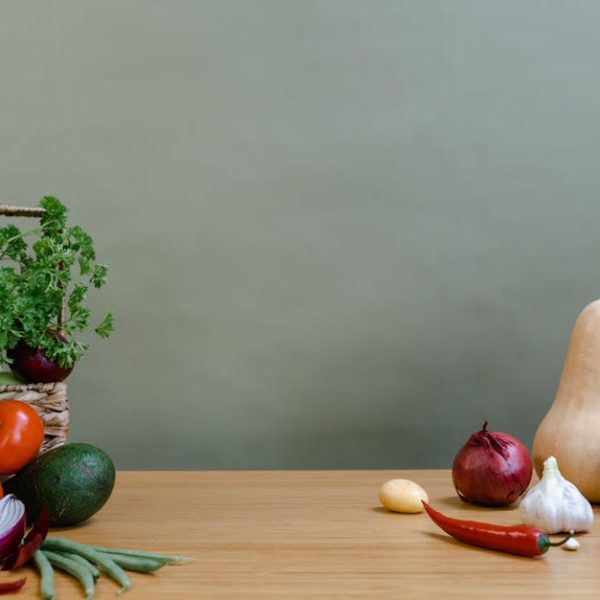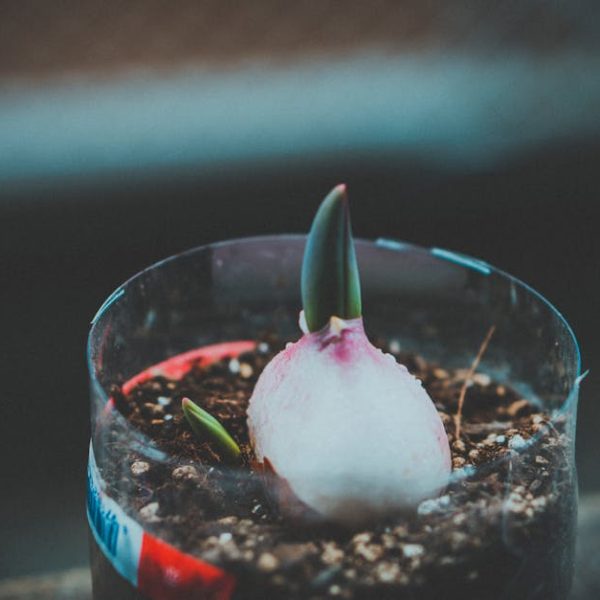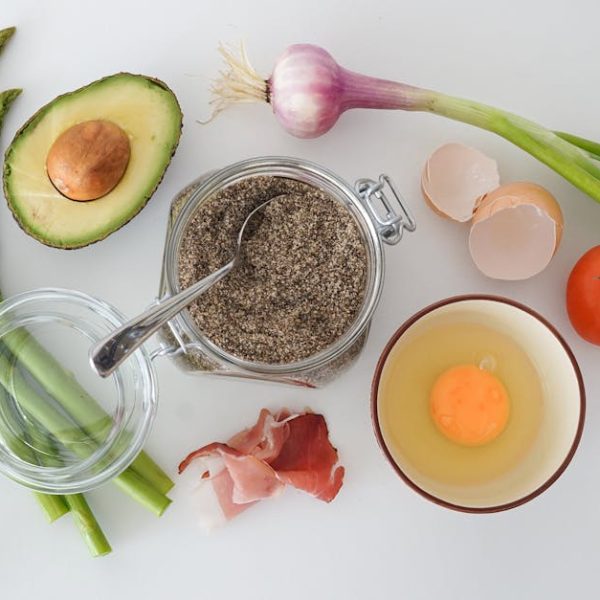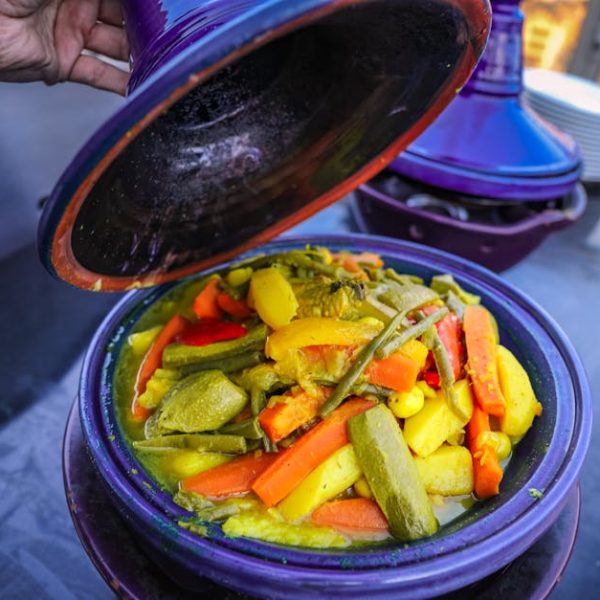Proper storage plays a pivotal role in preserving the longevity and optimal state of your veggies. Not all greens are created equal. Some thrive in chillier environments while others would rather bask at room temperature. More importantly, failure to assign the right storage room for some vegetables can lead to premature rotting or loss of essential vitamins and flavor.
Here is a guide to ensuring every vegetable you purchase gets the storage it deserves:
- Leafy Greens: Store in the refrigerator’s high humidity drawer, encased in a perforated plastic bag. Beware of overcrowding as crushed leaves wilt sooner.
- Tomatoes: Best left on the countertop as refrigeration can turn their texture mealy. Once cut, keep the leftovers in the fridge.
- Potatoes: Kept best in a dark, cool and well-ventilated place, away from onions or fruits that emit ethylene gas which can make them sprout.
- Onions: Prefer a similar environment as potatoes but need isolation due to their gas-emitting property.
- Carrots and Celery: Retain their crunch best stored in a pan of water in the refrigerator.
Pro Tip:
Garlic and onions are best stored at room temperature, but once cut, they need refrigeration. The refrigerator can turn garlic blue yet safe to eat.
Understanding and Using Temperature Zones in the Fridge
The refrigerator is not just a cold box where you thrust your groceries. Each compartment serves a purpose, and understanding these zones can keep your veggies fresher for longer. Temperatures fluctuate in different parts of the fridge, offering different optimal storage conditions:
- Upper Shelves: These maintain the most consistent temperatures and are ideal for storing prepped vegetables, herbs and leftovers.
- Lower Shelves: The coldest part of the fridge is best for storing fresh produce that needs more coldness than the upper shelves provide.
- Door: Being the warmest part, it’s the last place for storing perishable items. It’s best for condiments and juices.
- Drawers: Designed to hold produce, they are more humid than the rest of the refrigerator. They’re ideal for storing leafy greens, herbs, and other veggies that need moist conditions.
Pro Tip:
Never crowd your fridge. Good air circulation is crucial for maintaining uniform temperature across all shelves and prolonging your vegetables’ lifespan.
Next, we’ll delve into maximizing vegetable freshness starting from the sink with the correct washing techniques.
Maximizing Freshness with Proper Washing Technique
Washing your vegetables is a crucial step to ensure they’re clean and safe to eat. But did you know that washing them improperly, or at the wrong time, could actually speed up their spoilage? Here are some do’s and don’ts for washing various types of vegetables:
- Leafy Greens: Wash right before using to prevent wilting and bacterial growth.
- Root Vegetables: Brush off excess dirt before washing under running water. No need to peel if you plan to cook them, as the skin holds many nutrients.
- Cruciferous Vegetables: (Broccoli, Cauliflower) Soak briefly in cold water to dislodge any lurking critters.
- Peppers, Cucumbers, and others with a waxy skin: Scrub gently under running water to remove pesticide residue.
Pro Tip:
Never soak your vegetables in a sink full of water. It may not only fail to remove bacteria, but also dilute the water-soluble nutrients.
The Role of Humidity in Keeping Vegetables Fresh
Humidity plays a significant role in how long your vegetables stay fresh. Some vegetables thrive in high humidity environments, while others prefer drier conditions.
Here’s a simple chart to help you understand which veggies prefer what humidity levels:
| High Humidity (80% and above) | Low Humidity (below 80%) |
|---|---|
| Leafy Greens, Broccoli, Peppers | Potatoes, Onions, Garlic |
Pro Tip:
Your refrigerator’s crisper drawers are designed to hold humidity in. If they have adjustable humidity settings, use the high humidity for leafy greens and the low humidity for fruits and veggies that prefer dry conditions.
Keeping Vegetables Fresh without Refrigeration
While refrigeration can prolong the shelf life of many veggies, certain ones actually do better at room temperature:
- Tomatoes: Cold temperatures turn their texture mealy and flavorless.
- Onions and Garlic: Need air circulation, room temperature is ideal.
- Potatoes: Cold temperatures increase their sugar content, thus altering their flavor and cooking properties. A cool, dark, well-ventilated space is perfect.
- Squashes: Types of winter squashes are pretty long-lasting when kept in a cool, dry place.
Pro Tip:
If you’ve started cutting a vegetable but don’t plan on using the entire thing, place it in the fridge. The cold will slow down the decomposition process.
Utilizing the Right Packaging Materials
Using the right packaging material can play a major role in prolonging the freshness of your veggies. Here’s a comparison of some typical materials:
| Plastic Bags | Paper Bags | Glass Containers |
|---|---|---|
| Good for tender veggies, but can promote moisture and speed up rotting | Helps dry out the extra moisture that certain produce likes to shed | Perfect for prepped (cut, peeled or chopped) veggies |
Pro Tip:
Regardless of which material you use, make sure there’s air circulation.
Benefits of Proper Cutting and Prepping
Maintaining the freshness of vegetables doesn’t end with storage. Proper preparation techniques can ensure that your veggies stay as crisp as possible for consumption, especially when it comes to cut veggies. Keep these tips in mind:
- No Peeling: Unless absolutely necessary, try not to peel your vegetables. This helps to retain important nutrients.
- Dice Uniformly: When cutting vegetables, strive for uniform pieces. This ensures even cooking and eating experience.
- Cut Veggies Last: Delay the breakdown process by cutting your vegetables
Key Takeaway:
- Understanding and applying proper storage methods for different types of vegetables can significantly prolong their freshness and crispness.
- Knowledge about different temperature zones in the fridge and optimizing their use can also help in maintaining the vegetables’ optimum state.
- Proper washing techniques are critical in preserving the freshness of vegetables.
- Humidity levels affect the vegetables’ freshness, and utilizing the humidity-controlled drawers in the refrigerator can be beneficial.
- Some vegetables do not require refrigeration and knowing their optimal storage conditions can enhance their shelf life.
- Choosing the right packaging materials can also contribute to maintaining vegetable freshness.
- Correct cutting and prepping methods are key in keeping vegetables fresh and crisp for consumption.
Take heart, with the incorporation of these simple yet effective techniques, you’ll increase the longevity and quality of your vegetables. Remember, it’s all about understanding the specific needs of each vegetable and providing the best environment for it. You’re not just extending shelf life, but also maximizing nutritional value, saving money and reducing waste.
FAQs
Q: How can I prevent my leafy greens from wilting quickly?
A: Make sure to store them in the fridge’s high humidity drawer and avoid overcrowding as crushed leaves wilt sooner. It’s also advised to wash them right before using to prevent wilting and bacterial growth.Q: How should I store vegetables that I have already cut or peeled?
A: It’s best to store cut or peeled vegetables in a glass container in your refrigerator’s appropriate temperature zone. This slows down the decomposition process and keeps them fresh.Q: Can I just wash all my vegetables as soon as I buy them?
A: Not necessarily. Some vegetables are best washed right before use to prevent early wilting and potential bacterial growth. Always consider each vegetable’s specific washing needs.Q: What should I consider when choosing packaging materials for my vegetables?
A: Different packaging materials come with their own pros and cons. For example, plastic bags can speed up rotting due to trapped moisture, while paper bags help dry out extra moisture from certain produce. Consider the specific needs of your vegetables when choosing packaging material.Q: Are there special cutting techniques that can help my vegetables stay fresh longer?
A: Yes, proper cutting and prepping can make a real difference. Try not to peel your vegetables as this helps retain important nutrients. Also, cutting uniformly ensures even cooking and a better eating experience. Lastly, cut your vegetables just before you intend to use them to delay the breakdown process.Do share this article, and explore more posts on our website to become an even more savvy vegetable keeper!
